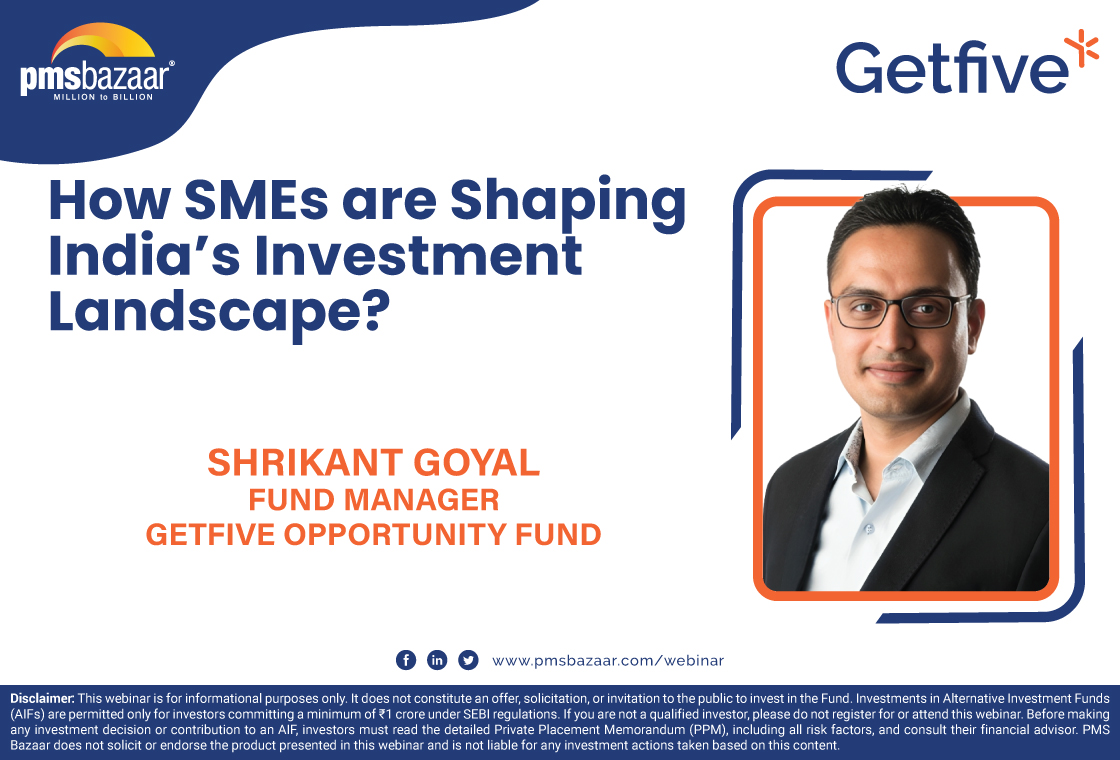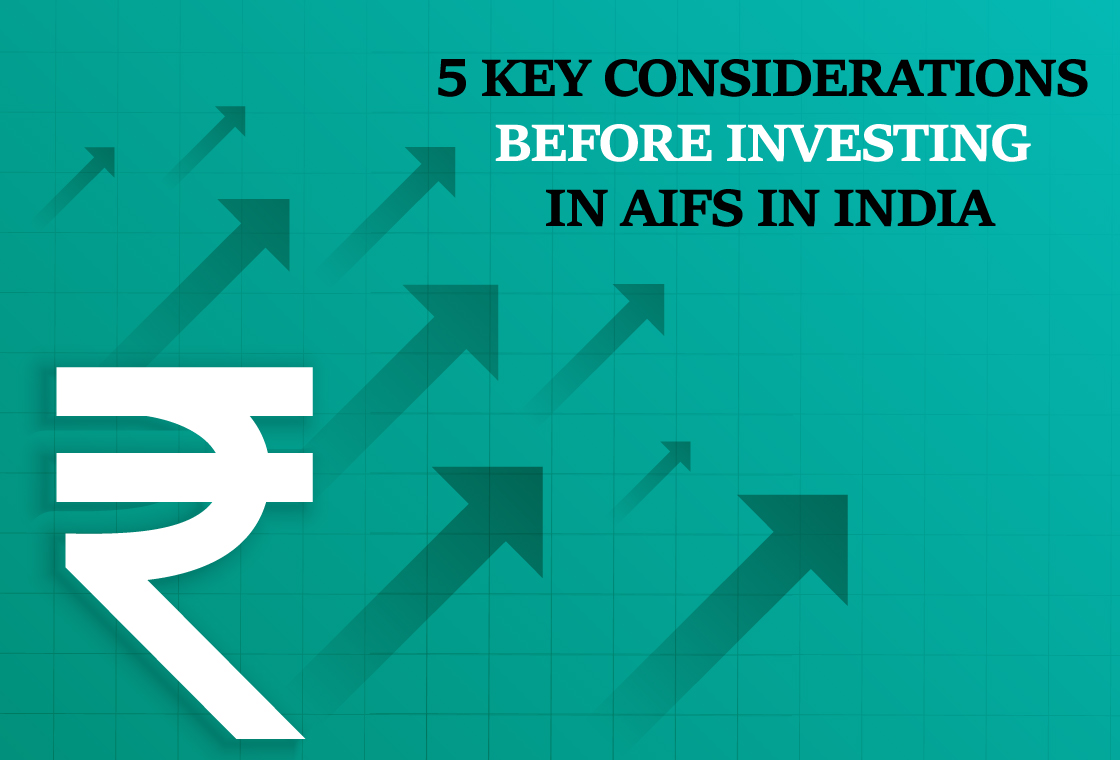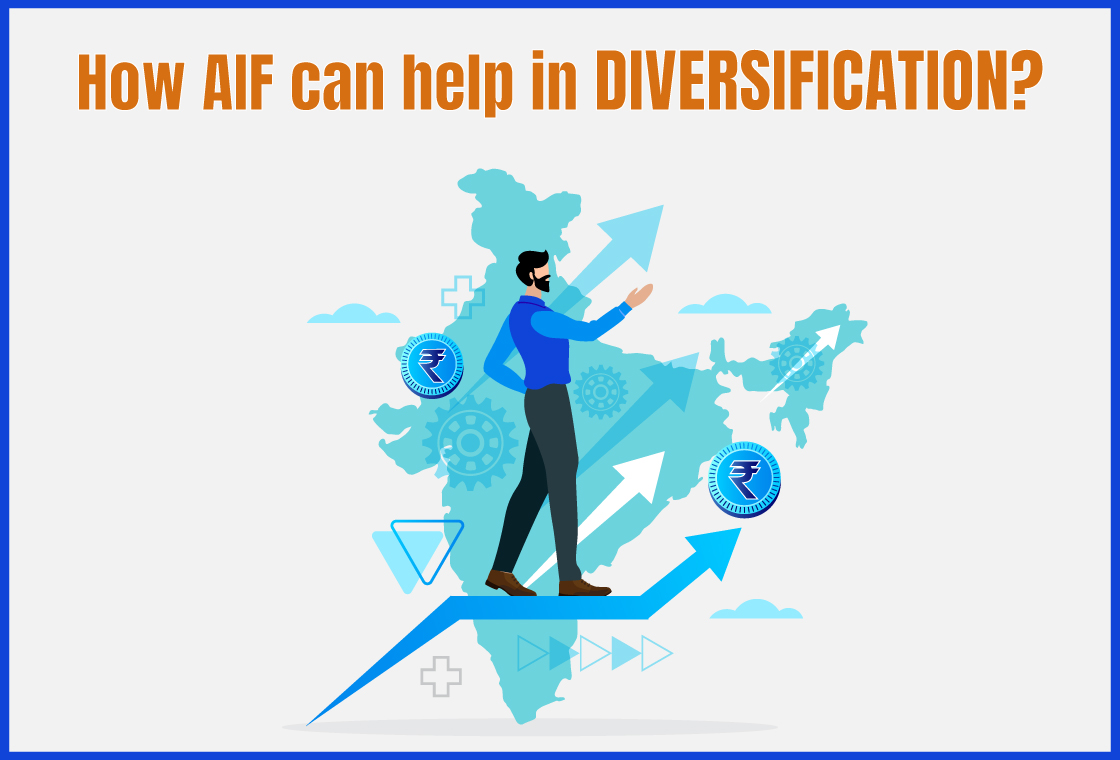Uncertainty is a harsh but unavoidable part of our daily lives, and it can cause anxiety, especially when it comes to financial management. Certain aspects of globalization can be beneficial, but when financial crises, wars, global recessions, trade imbalances, and other hazards arise, it is common to talk about transferring money to safer investments and rising government deficits.

This rising uncertainty can confuse even well-informed investors. Rather than focusing on the turbulence, wondering whether you should act now or what the market will do tomorrow, it is more prudent to concentrate on building and maintaining a strong investment strategy. A strong strategy can assist you to navigate the market's peaks and valleys and help you meet your financial objectives.
At the global level, US Treasury yields vaulted to their highest since the pandemic began on expectations of a strong economic expansion and related inflation. International benchmark Brent crude fell 4.18% to end the session at $98.48 per barrel, the first settle under $100 since.
The turmoil in the US bond market and the ripples it is likely to send across to India make a case for stock market bulls to take a step back and be more circumspect about future returns.
So, how can we safely navigate turbulence or volatility and protect your hard-earned money and investments? This blog answers this question with in-depth insights shared by Mr. Mehul Jani, Senior Executive Vice President, Fund Manager - Listed Equity. He shared these insights during an exclusive webinar on the topic “Tiding Through the Uncertain Times While Focusing on Long Term Opportunities”.
Key inputs and insights covered in this blog are
GDP growth and credit
Why considering how do you navigate the volatility that we're seeing in the Indian markets today and in global markets, it is important to remember the long-term opportunities that are available right now. India's GDP is around 2.8 trillion dollars, so 200 lakh crores is roughly where India's GDP is.
Notwithstanding incremental credit growth plunging to a 59-year low at 5.56% in FY21, the bank credit-to-GDP ratio rose to a five-year high of a little over 56% in 2020, but way behind its peers and just half of the G20 average, according to the latest data from the Bank for International Settlements (BIS).
It can be noted that despite the massive credit-driven stimulus that the government tried to push to help tide over the impact of the pandemic in 2020, incremental credit growth inched up only 5.56% (at ?109.51 lakh crore), which was the lowest recorded growth.
If you add up all system credits, which includes all lending by financial institutions in India, including banks, NBFCs, and housing financing companies, you get 1.7 trillion dollars. Therefore, roughly credit to GDP ratio is about 60%. This number in itself is low. Most developed markets are much higher than that. For example, the US would be 150 of GDP. When it comes to the emerging market peers, it is 135.5% and 88.7% in advanced economies
Even emerging markets are usually higher. So that number (60) has room to grow. But when you dig deeper, the corporate and SME credit to GDP is 67% of 1.7 trillion dollars, and the retail credit to GDP, which is lending to people like us (such as home loans, auto loans, microfinance, etc), is approximately 33 of 1.7 trillion dollars.
Population base and penetration of credit
When you look at the number of households in India, it's around 28 crore homes or 28.92 million in a 1.3 billion population with a per capita income of $2,000. Retail credit is 560 billion. Looking at India's urban tier-one customers, there are around 36 million families or about 12% of the country's population. These are typically found in India's metro centers, such as the top 15 to 20 cities.
India's middle-class tier-two customers, with around 59 million families, are around 20% of the total population. These are the more challenged parts of India with only 1200 per capita income. This is almost comparable to what African nations would be at. So these are challenged parts of India and there is an effort being made to drive up this population towards tier-one and thankfully are moving.
“So, as a population base, India three is shrinking, India two is rising, and India one has been fast-growing. When you look at where credit has penetrated today, it's not surprising that the majority of the credit is going to India tier-one customers. Therefore, 70% of this retail credit has been given to India tier-one customers”, says Mr. Mehul Jani.
Financialization of the economy
As you go down into India's tier-two customers and India's tier-three customers, the banks, NBFCs, and even some smaller institutions have not been able to penetrate. So far, so only 10% of the credit goes to 70% or the majority of the population, which is India's three-tier customers. This is changing rapidly. The one big change that we've seen over the last ten years has been the financialization of the economy.
The Aadhaar program and the Jan Dhan accounts were established in India. Although these clients didn't have to, over 35 crores and 40 crore new banking accounts were opened. To begin with, there isn't much money to deposit into these accounts, but the government is working to ensure that everything is computerized. As you may be aware, all subsidy payments are now made through UPI bank accounts.
The majority of individuals are making payments via digital methods and moving from bank account to bank account, which implies you should be familiar with banks and institutions. Finally, we have data on these customers, so within India 2 and India 3, the data available on these customers are only getting better, and with data, creditworthiness can be assessed better.
So you're seeing credit growth to India tier-two customers and India tier-three customers rapidly expand. We are witnessing microfinance institutions' affordable housing. Apart from the disruptions caused by Google, two-wheeler loans, all these are expanding considerably more rapidly over the previous five or six years.
According to Mr. Mehul Jani, “We expect retail credit can continue to grow by more than 15 over the next decade and that the economy will remain underleveraged. On a household basis, and within that obviously, there will be splits where India 2 and India 3 will grow faster, and India 1 penetration is already quite high, so it may grow slightly slower. But the opportunity for banking and financial institutions to provide credit is very large”.
When you think about India, there are 36 million people, so let's say there are two or three adults in every family, so there are around 70 to 80 million adults or about seven to eight million people. When you think about it, the number of DMAT account holders is roughly the same as it is for other consumer products. When you look at the number of passport holders, it's over 70 million. The number of tax filers: 70 - 75 million.
Again, if you look at the number of cars on the road today in India, the total stock of cars ever sold is about 30 million, so there's high penetration in India 1. Clearly, India 2 and India 3 don't have these products. So you know that when you look at these proxy indicators, it also says that India 2 and India 3 still have a lot of penetration to gain as time goes on. This does not apply to only consumer products but also in terms of increasing shareholders’ wealth.
In terms of navigating the volatility that we're seeing in the markets today and the uncertainty that's present in global markets as well as India, it's crucial to remember the long-term potential that's available right now. Companies gradually obtain more data on the disposable incomes of tier-two customers and tier-three customers. There is room for this income to grow, so there is one secular theme in which there is potential to deliver a lot of shareholder value over time, and it isn't only consumer lending.
So with the opportunity to penetrate tier-two customers and tier-three customers, how these customers can be covered, that too during times of uncertainty?
Mr. Mehul Jani answers in-depth the above topic and all the other topics in-depth and also answered some questions from the audience towards the end of the session. To know all of that, watch the recording of this insightful session through the appended link below:
Get access to rich data and analytics of PMS & AIF by subscribing to us. Join the 35000+ investors & experts now: Subscribe NOW
Recent Blogs

Long-Only AIFs Rebound Sharply in October; Long-Short Strategies Lag Despite Lower Volatility
106 long-only AIFs averaged 3.68% vs 32 long-short AIFs at 2.7%; only 24–31% of funds beat key indices

Markets log strongest monthly gains in 7 months; PMS performance turns near-uniform in October
Nifty 50 TRI gained 4.62%, BSE 500 TRI rose 4.27%; 415 of 427 equity PMSes ended positive

How SMEs are Shaping India’s Investment Landscape?
PMS Bazaar recently organized a webinar titled “How SMEs are Shaping India’s Investment Landscape?” which featured Mr. Shrikant Goyal, Fund Manager, GetFive Opportunity Fund.

Stable Income from Indian REITs and InvITs
PMS Bazaar recently organized a webinar titled “Stable Income from Indian REITs and InvITs,” which featured Mr. Rahul Jain, Head of Public Markets, Alt.

5 Key Considerations Before Investing in AIFs in India
Alternative Investment Funds (AIFs) have emerged as a compelling option for sophisticated investors seeking diversification and potentially superior returns. But venturing into AIFs requires a clear understanding of their unique characteristics that go beyond simply knowing what they are and their categories.

How AIF can help in diversification?
Traditionally, Indian investors have relied on a mix of stocks and bonds to build their wealth. While this approach offers diversification, it can still leave your portfolio vulnerable to market fluctuations. Enter Alternative Investment Funds (AIFs), a dynamic asset class gaining traction for its ability to unlock diversification beyond the realm of conventional options.

Long-Short AIFs Outperform Again Even as Markets Rebound in September
104 long-only funds shows an average monthly gain of just 0.37 per cent, while long-short AIF category averaged 0.94 per cent

Resilience returns as markets rebound in September; Multi-asset PMSes lead pack
Over 63% of equity PMSes ended September in green; nearly two-thirds outperformed key benchmarks.

